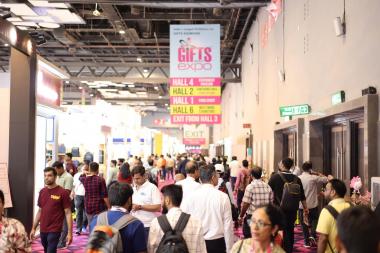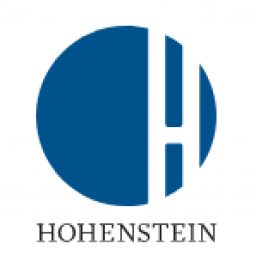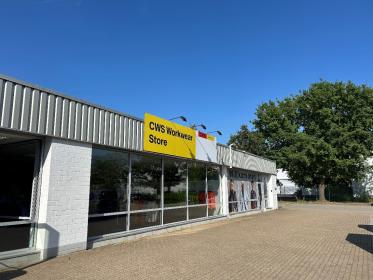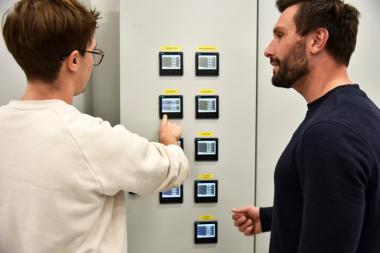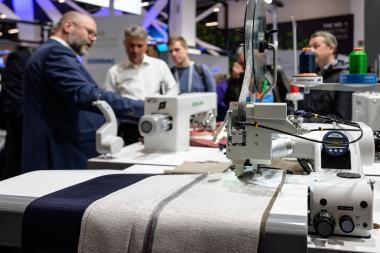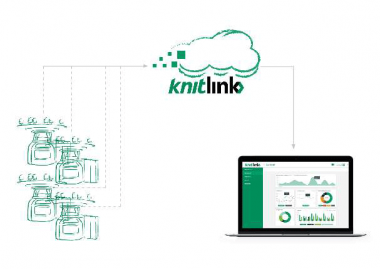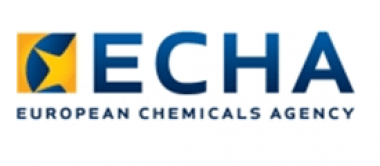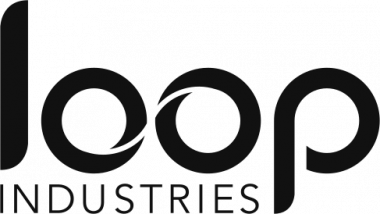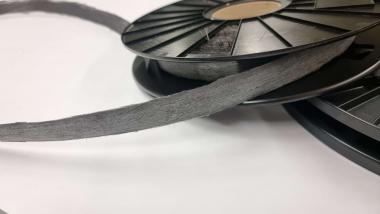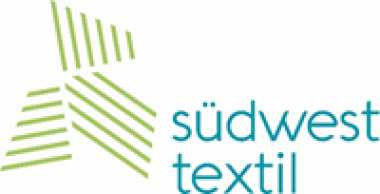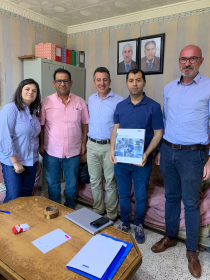Gartex Texprocess India 2025 opened: 35% new exhibitors
The 13th edition of Gartex Texprocess India opened on a high note at the Bharat Mandapam, Pragati Maidan - New Delhi. The landmark event is being held between the 21st -23rd August 2025. Organized by Messe Frankfurt Trade Fairs India Pvt Ltd and MEX Exhibitions Pvt Ltd, the exhibition is bound to set a new benchmark in the garment, textile manufacturing and denim industry. This 13th edition of the Gartex Texprocess India features two new additions - the LeatherX Pavilion and the Textile Care Forum which makes the event more holistic and all-encompassing.
The Gartex Texprocess India 2025 has a record participation from over 200 exhibitors (35% first-time exhibitors) and 600+ brands from India and with international brands like Durst, Morimota Singapore (Kansai), Epson, Morgan, Jinjen, Groz Beckert, Brothers International, Jack Franc, Veolia, Amazon and more recording international participation from China, Japan, Italy, Germany and Singapore. The first day of the exhibition saw a high-level of engagement and was marked with vigorous activities across all stalls.
Inaugurating the show, Chief Guest, Shri Manohar Lal Khattar expressed: “The textile industry is one of the largest sources of employment generation in the country with over 45 million people employed directly, including a large number of women and rural population. The government has taken a number of measures/ incentives to boost the textile sector and generate employment in the country. I give due credit to the two joint organisers for doing a great job of amalgamating the complete value chain from yarn to finished products here in Delhi.”
Speaking on energy, Shri Khattar added: “Coming to power, we have extended several schemes, including subsidies up to 75%. Today, we are looking at the transition from fossil fuels to renewable energy. I urge you all to kindly upgrade your plants to renewable energy, as India is moving towards its Mission 2047 to reduce emissions. India had set a target to replace 50% of the energy by 2030 with renewable and clean sources but has managed to achieve the same this year.”
He was followed by the address from the Guest of Honour: Shri Rakesh Sachan, Hon’ble Minister, Department of MSME, Khadi, Village Industries, Sericulture and Textile, Government of Uttar Pradesh. He expressed: “The Indian textile industry is yet to produce indigenous machinery. It relies mostly on imports. The Government of Uttar Pradesh is taking efforts to allow industries to excel with special dedicated land parcels in the state. We had requested about 200 acres of land for the development of industries. Of these, we have received approval of about 100 acres. In another development, the Yamuna Expressway Industrial Development Authority (YEIDA) is developing a 150-acre apparel cluster in Noida, which will be Uttar Pradesh's first textile park. The project aims to attract investment, generate employment, and boost exports in the apparel sector.”
Speaking on the US tariffs, Shri Sachan said: “The surge in US tariffs has hit hard, but this is the time to upgrade and create capacity, improve on indigenous technology.”
The expo was inaugurated by Chief Guest Shri Manohar Lal Khattar, Hon’ble Minister of Housing & Urban Affairs, India, Minister of Power, Government of India.
The opening day saw amazing enthusiasm among both exhibitors and visitors. It was witness to many impactful discussions among stakeholders, putting India in the global textile eco-space. The highlights of The Gartex Texprocess India 2025 are ‘The Denim Show’ in association with the Denim Manufacturers Association and the featured zones of the Fabrics and Trims Show, Screen Print India (Textile) and the latest addition of LeatherX Pavilion and launch of the Textile Care Forum in association with the Drycleaners and Launderers Association of India enhance the platform by connecting the industry. The new developments add value to the already composite nature of Gartex Texprocess India. With a focus on technology and modernisation, the exhibition is a step forward towards setting global standards in textile manufacturing, denim, leather goods, laundry management and the overall fashion industry.
Gartex Texprocess India India US Tariffs energy transition renewable energy fossil-based
Messe Frankfurt Trade Fairs India


